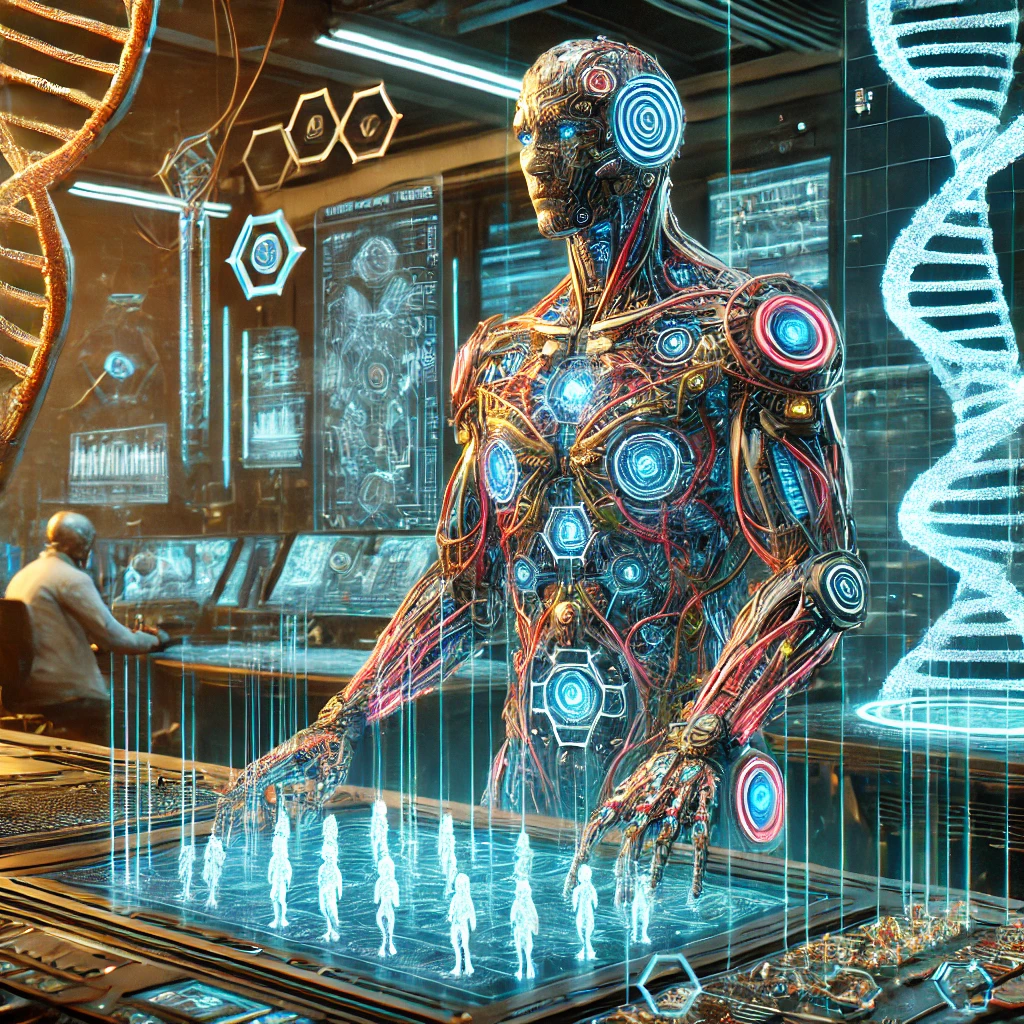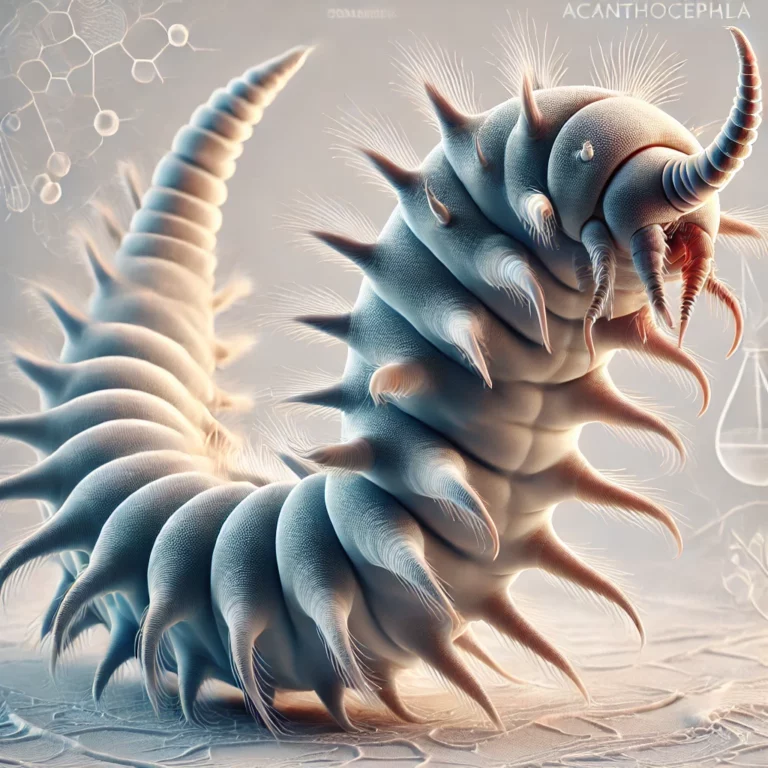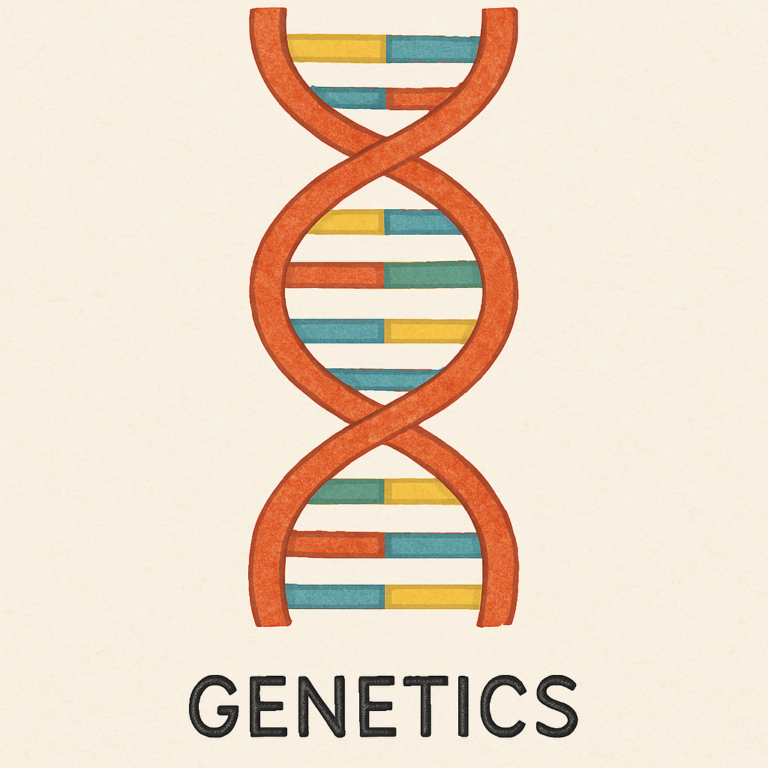Dear friends, imagine immersing yourself in the lush vegetation of a rainforest, with its intense scents and exotic sounds, without moving from your living room. Or to descend into the depths of the sea, among extraordinary creatures and sparkling colors, without the need to wear heavy diving equipment. Science fiction? No, my dears, reality is making its way thanks to an extraordinary combination: biology that merges with video games and augmented reality.
We are no longer just talking about entertainment but about a new way of knowing and learning, where science becomes an engaging and accessible experience for everyone. And speaking of “everyone’s reach,” recent research published in Nature (insert a link to the article) demonstrates how educational video games can significantly improve science learning in children, especially those with more significant difficulties.
A dive into the heart of life with video games
Video games, once simple pixels on a screen, today transport us into virtual worlds of incredible realism, rich in detail and information. Biology, with its complexity and beauty, has found fertile ground in this digital world.
Think simulation games, which recreate entire ecosystems with astonishing accuracy. How can we forget the recent success of Microsoft Flight Simulator (insert link to the official website), which integrated a realistic model of bird migrations in its latest update based on accurate scientific data? We can closely observe animals’ behavior, interactions, and complex relationships that bind them to the environment. Thus, we learn, almost without realizing it, the secrets of the food chain, the importance of ecological balance, and the fragility of an ecosystem.
And what about games that allow us to explore the human body like modern explorers discovering an unknown continent? An example? Complete Anatomy software (insert link to official site), used by medical students and professionals worldwide, offers an incredibly detailed interactive 3D model of the human body. We can navigate between arteries and veins, observe the heart beating tirelessly, the lungs expanding and contracting, and the cells working incessantly. It is a fascinating journey inside ourselves, which reveals the mechanisms of life and helps us understand the functioning of this perfect machine that is our body.
But it doesn’t end here. Video games also allow us to simulate complex biological processes, such as the spread of a virus. Just like Foldit (insert link to the official website), the online game developed by the University of Washington that allowed players to contribute to research on protein folding, providing innovative solutions to fundamental scientific problems. And then there are evolutionary strategy games, where we can experience the mechanisms of evolution firsthand, guiding the transformation of fantastic creatures across generations.
In short, video games are a pastime and a fundamental knowledge tool. They allow us to learn while having fun and discover the wonders of life around us.
Augmented reality: when the virtual meets the real
What if we could bring biology off the screen into the real world? This is what augmented reality allows us to do: a technology that merges the virtual with the real, creating interactive experiences of significant impact. Did you know that Google Arts & Culture (insert a link to the site) recently launched an app allowing you to “see” dinosaurs and other extinct animals in 3D in your living room?
Imagine observing a three-dimensional model of a cell, enlarging it, rotating it, and exploring g it in every detail simply by framing it with your smartphone. Or witness the life cycle of a butterfly, which hatches from its cocoon and takes flight right on your kitchen table.
Augmented reality allows us to visualize complex data, such as genetic maps or protein interaction models, intuitively and immediately. It can also be used in the medical field to simulate surgical interventions or to train future doctors in a safe and controlled virtual environment. The New England Journal of Medicine (insert link to the official website) recently published an article (insert link to the article) on the use of augmented reality in surgery, highlighting its precision and risk reduction benefits for patients.
In schools, augmented reality can transform science lessons into engaging and memorable experiences. For example, in a lesson on photosynthesis, students can observe the process of transforming solar energy into chemical energy inside a virtual leaf in real-time.
Extraordinary educational potential
Video games and augmented reality are not just entertainment tools but have enormous educational potential. They stimulate active learning, encourage involvement, make complex concepts understandable, allow you to personalize the learning experience, and develop critical thinking.
Thanks to the spread of smartphones and tablets, these technologies are accessible to an increasingly wider audience, democratizing access to scientific knowledge.
Concrete examples of innovation
Today, there are numerous examples of how biology, video games, and augmented reality transform our learning. Examples include educational games that explore biological topics, apps for viewing 3D models, virtual reality platforms for scientific research, ecosystem simulations, scientific visualization tools, and virtual reality training programs.
Future challenges and prospects
Of course, there are still challenges to face. We must guarantee accessibility to these technologies for all, develop intuitive and user-friendly interfaces, ensure the scientific validity of the contents, integrate these technologies into school programs, and evaluate their effectiveness in learning.
But the future is full of promise. As technology evolves, we can expect increasingly immersive, personalized, and engaging learning experiences that will make science accessible and exciting for everyone.
An invitation to exploration
Dear friends, I invite you to embark on this fascinating journey to discover biology. This journey will lead us to explore virtual worlds, interact with augmented reality, and learn the secrets of life.
A journey that reminds us, once again, how wonderful and surprising the world around us is.”
References
The sources used in this response are:
- “11191_2022_Article_369.pdf”
- “41467_2021_Article_22570.pdf”
- “A Brave New World_ Virtual Reality and Augmented Reality in Systems Biology – PubMed.PDF”
- “Developing Students’ Critical Thinking Skills and Argumentation Abilities Through Augmented Reality-Based Argumentation Acti.PDF”
- “Development of CryoVR, a virtual reality training system for hands-on cryoEM operations – PubMed.PDF”
- “PRO-30-70.pdf”
- “UCSF ChimeraX_ Meeting modern challenges in visualization and analysis – PubMed.PDF”
- “UCSF ChimeraX_ Structure visualization for researchers, educators, and developers – PubMed.PDF”
- “jib-19-4-jib-2022-0034.pdf”







